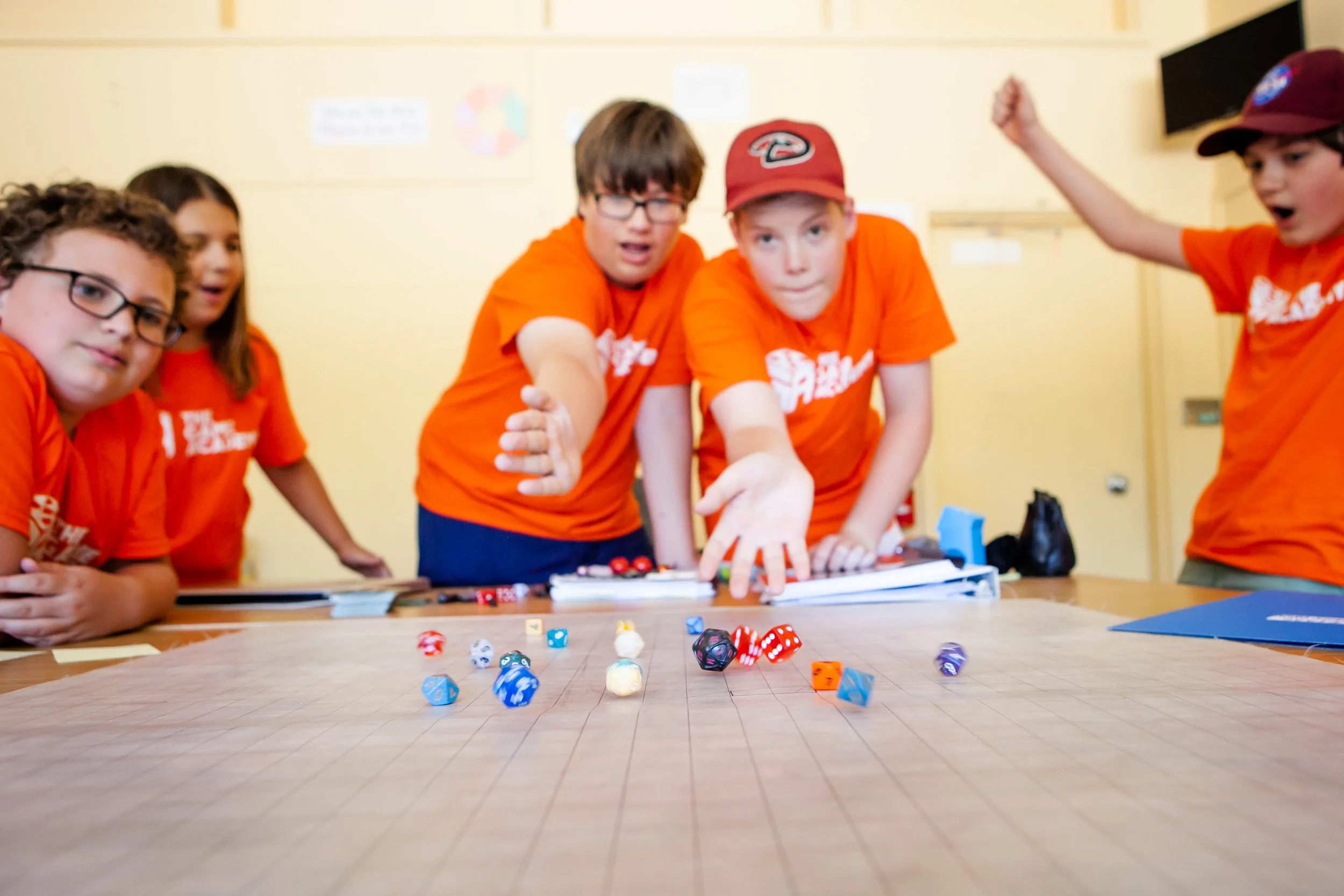On Saturday, May 12, 2018, I was the commencement speaker at Northland Pioneer College. My remarks:
What an honor it is to be with you this afternoon as you celebrate one of the few remaining rites of passage that exist in American life…the college commencement ceremony. I’m grateful for the opportunity to celebrate with you and to share some thoughts that I hope will give you some perspective on what your commencement could mean, not just to you, but to all of us here. I have been an educator for my entire career, in which time I have taught kindergarten students, university students and everyone in between. Of late, I have come to realize that students I taught in the early days of my career are approaching their fortieth birthdays…which has given me pause! White-hair notwithstanding, surely I am not old enough to have taught students that old! That thought led me straightaway to a more properly sobering realization. Consider this. A child born this year in 2018 who lives a reasonably lucky life will still be alive, at the age of 82, in the year 2100. Indeed, there are probably millions of people across the globe right now who will be alive at the dawn of the 22nd century. We can’t say what they will be doing with their time, of course.The future’s secrets are the future’s to reveal to us.What we can say is that they will have lived through the better part of the 21st century, shaping that future based on their values, perspectives and, most importantly for our purposes, what you have taught them. It may not have occurred to you, given all of the nonsense that’s thrown at members of Generation X and Millennials, but this century is for all intents and purposes yours to master and shape. That 82-year-old grandmother of the year 2100 who even as we speak is an infant somewhere, perhaps even in this room, is your responsibility. Her destiny belongs to each of you.
Now, from my vantage point here in Generatino X, the rap on you Millennials, namely, that you are narcissistic, likes-obsessed, screen-addicted, shiftless, lazy, coddled, fragile and shallow is just nonsense. Just look around you and consider what you’ve accomplished so far in your lives; reflect on the triumphs you’ve had and the reversals you’ve overcome to get to this day. Each of you has a story, a story unique in the collected library of human stories stretching back to primordial times. You’ve taken a careful look at the world you’re inheriting and your actions show that you’re asking good questions about it. Why are millions of Americans still being educated like its still the Garfield Administration (for those of you keeping score, that’s 1881)? Why have so many of my fellow Americans graduated from high school without the skills and abilities to get to a day like this one themselves? How are we going to balance living in a world of rapid change with our soul’s need to build lives of meaning and dignity? Why do people by the tens of millions in industrialized societies resist critical thinking, believe what is demonstrably false, reject reason and set their life course based on magical thinking? What should we do next to shape the world for the better?
This might all seem a bit daunting - it might feel like a hill that’s actually a mountain, one that’s perhaps too tall to climb. To that I say, don’t be foolish! I believe we are in fact at the beginning of a Golden Age for all humankind, if only we have the courage to seize the opportunities right in front of our eyes that look, from our perspective here in 2018, like Mount Everest. We live in the age of what I have taken to calling the “transformative now,” by which I mean a world of rapid, seemingly daily change that can nonetheless be shaped by the efforts of those who commit themselves to taking the long view and doing the hard work of shaping.
So, what do you need to do to become a shaper of the transformative now? Would it surprise you to learn that much of what you need to learn you probably already know, particularly if you like to play games? When I’m not teaching, I’m gaming. I wrote a book in 2016 about using what makes games great to make teaching and learning even greater. And I suspect many, if not most, of you graduates play games…on your phones and tablets, your Wiis, X-boxes, PS4s and PCs. Maybe some of you are, like me, players of tabletop board games and roleplaying games as well as video games. Either way, and regardless of anything else that you think might separate you from your fellow classmates, if you play any kind of game, you’ve got the tools you need to change the world. What do games teach us about the skills you need to master and shape the 21st century? Five things, I think.
Level One, Level up!: One of the most important things games teach is the immeasurable benefit of sticking to something once you’ve started it and learning as you go. We’ve all been first level at something, be it writing an essay, playing soccer or executing a perfect Pikachu Greenhouse combo. By design, games help you master first level before you get to second level and so on, introducing more complex skills just as you’ve developed the mastery of the previous skills. A game doesn’t expect you to master everything all at once; nor does it expect you to be good at the hardest things first. It does, however, expect you to be resilient. You’re going to have setbacks on the road to victory. Those setbacks are going to be the most important benefits you’ll ever get on the road to full mastery. So, commit to leveling up your life one level at a time…and don’t ever think you’ve reached max level. There are always new challenges coming!
Level 2: Build Teams Based on Merit!: Games remind us of the utopian world we are building in our story as a human species. Games offer just about the only utopian space we’ve invented on our human journey so far. Because remember, games don’t care about gender, sexuality, race, religion, color, national origin or anything else. Games care about how well you play the game. They’re purely about merit. Surround yourself with great people who merit your attention and who deserve, by virtue of their shared commitment to merit above all else, to be on your team.The 21st century is unworthy of antique dogmas and pernicious racism. They bring you no benefit and the people who still think along those lines don’t deserve you.
Level Three: Be A Risk-Taker!: Here are some things I think are likely to come to pass during your lifetimes (and perhaps even during mine): commercially-viable fusion power, direct brain-software interfaces, completely personalized education, a space elevator, the cure for most disease through genetic editing, orbital travel that’s no more surprising or expensive than flying from Los Angeles to Singapore and virtual environments that will rival Ready Player One’s OASIS. None of these will be brought about by the timid. The people who are driven to accomplish these extraordinary feats are not fading flowers. They’ve learned one of the critical lessons that playing games teaches. Sometimes a move that seems outlandish or flat crazy is exactly the right move to win! Develop your ability to see patterns and learn to trust the innermost voice that’s telling you to go left when everyone around you is saying go right.
Level Four: Find Your Flow!: You’ve all no doubt had that experience of losing all track of time when you’ve been fully immersed in something totally cool. Right? Psychologists call that experience “flow.” It’s critically important that you find those things that let you drop easily into that flow state, because when you do, you’ll know that you’ve found your calling - what it is you should be doing. Don’t de-value this! If you’re working in your flow state, you will make intuitive leaps that will blow your mind and discover solutions to problems you weren’t even fully conscious of. It’s the place where you can make radical connections and see patterns that no one has seen previously. Find your flow!
Level Five: Boss Level: Get Playful and Stay There!: The world you’re graduating into is imperfect, I think we can all take this as a given. But games teach us that regardless of how difficult the road ahead is, the only way to approach it is with a joyful, playful heart. A playful spirit keeps the fabric of the mind flexible, fights despair and helps us put both success and failure in its appropriate context. Savor your wins, and learn from them. From your defeats, learn more still, but don’t let them break you; you’re too important. Reflect, draw conclusions and proceed to what is next, mindful that, as the sage Rabbi Tarfon taught, “you are not obligated to complete the work, but neither are you free to desist from it."
Perhaps it is best to consider the words of The Beatles. “All you need is love.” Or the sentiment of Burt Bacharach and Hal David who reminded us that “what the world needs now is love, sweet love.” Love is certainly something we need more of in this world! Go out into the world with a playful, loving heart and take pleasure in how awesome and bizarre and glorious the world is. But perhaps better still, is the advice of one of our greatest wisdom teachers: Gandalf the Gray. Quoting now from The Fellowship of the Ring:
“I wish it need not have happened in my time,” said Frodo.
“So do I,” said Gandalf, “and so do all who live to see such times. But that is not for them to decide. All we have to decide is what to do with the time that is given us.”
Before you stretches the as-yet unmade 21st century. Direct the works of your hands, mind and heart towards making it a place worthy of that infant grandmother who is with us today. Level up your skills. Keep your focus on flow. Defeat bosses. Do this, and when that grandmother reflects back on her life, she will remark: “for me, they built this utopia. For me, they built this world of plenty, this world of wonder.”
Thank you and once again, congratulations!






